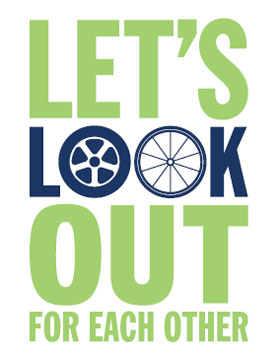
The number of cyclists seriously injured has increased in recent years. In 2011, 92% of cyclist KSIs (killed and seriously injured casualties) occurred in accidents involving another vehicle (usually a car).
Rules for cyclists - Highway CodeOpens new window
Road users requiring extra care - Highway CodeOpens new window
